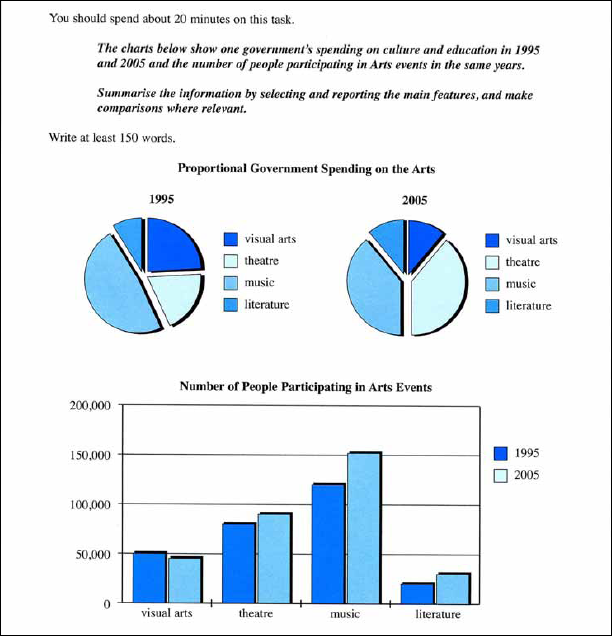color
Oct 1, 2012
Writing Feedback / Females & males education [IELTS] Writing Task 1_2 [2]
Please give me as much feedback as you can.
The charts show the number of girls per 100 boys in all levels of education. Compared with nineteen's in 2000 the number of girls in all levels of education raised but not significantly.
Talking about primary and tertiary education there was almost the same rise (two or three per cent) in developing countries as in developed countries. While in tertiary education the number of girls went up substantially, in primary education the change was minor.
In secondary education the percentage of girls in developing countries raised more faster than the ones in developed countries.
In general, in developed countries, there was a higher proportion of girls at all levels than in developing countries, but by 2000, females in tertiary education in developed countries outnumbered males.
In both, secondary and tertiary education in developed countries the proportion of girls was growing substantially (ten and nine per cent).
Thanks!
Please give me as much feedback as you can.
The charts show the number of girls per 100 boys in all levels of education. Compared with nineteen's in 2000 the number of girls in all levels of education raised but not significantly.
Talking about primary and tertiary education there was almost the same rise (two or three per cent) in developing countries as in developed countries. While in tertiary education the number of girls went up substantially, in primary education the change was minor.
In secondary education the percentage of girls in developing countries raised more faster than the ones in developed countries.
In general, in developed countries, there was a higher proportion of girls at all levels than in developing countries, but by 2000, females in tertiary education in developed countries outnumbered males.
In both, secondary and tertiary education in developed countries the proportion of girls was growing substantially (ten and nine per cent).
Thanks!

